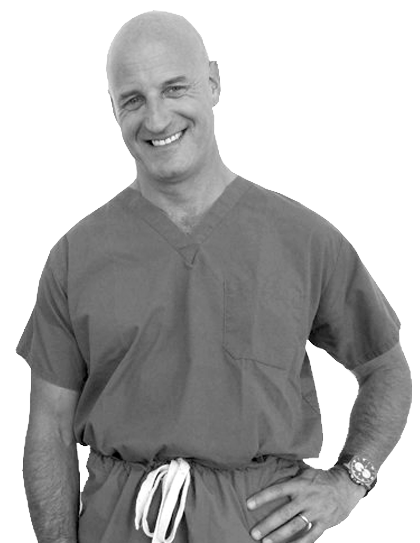Understanding Reconstructive Rhinoplasty
Rhinoplasty is a complex surgery that relies upon a multitude of variables. Tertiary rhinoplasty is the term given to a patient’s third or more surgical procedure geared at correcting issues that are a result of prior ineffective surgeries, trauma or cancer surgery. Also called complex rhinoplasty or reconstructive rhinoplasty, this surgery may require difficult manipulations and/or tissue grafting for proper results.
In addition to surgical inaccuracies, the aging process, scar tissue and other changes in facial proportions may necessitate the need for a reconstructive rhinoplasty. A reconstructive or tertiary rhinoplasty procedure is usually more challenging than a first or even second revisionary rhinoplasty.
Each subsequent rhinoplasty can be expected to require more surgical skill and experience than the prior nose surgery. However, in the hands of the right surgeon, a tertiary rhinoplasty can deliver substantial improvements and astonishing results.
Dr. Stephanie Cohen and Dr. Rick Winters are dedicated reconstructive rhinoplasty plastic surgeons in Bergen County, NJ who are experienced at helping patients finally achieve the results they have been seeking.
Challenges Involved with Reconstructive Rhinoplasty
During a reconstructive or tertiary rhinoplasty a surgeon must be able to not only address the aesthetic and functional issues of the nose, he or she must also often compensate for a potential lack of existing tissues and structures within the nose, as well as the effects of scar tissue.
The lack of tissue is usually overcome by harvesting cartilage grafts from other areas of the patient’s body, such as the nasal septum, costochondral(rib) cartilage or conchal (ear) cartilage. The specific graft selected will be determined by the available donor sites and the parts of the nasal anatomy which need to be reconstructed.
Surgical Techniques and Procedures Used During Reconstructive Rhinoplasty
Depending on the various factors necessitating the tertiary rhinoplasty, the patient’s preferences and the recommendations of the surgeon, one of several surgical techniques will be employed.
In addition, a tertiary rhinoplasty is usually performed as an open procedure whereby an incision is made on the underside of the nose. An open procedure can allow the surgeon to make superior modifications by providing a better view inside the nose. During a closed procedure, all incisions are performed on the inside of the nose.
Risks Associated with Revision Rhinoplasty
In addition to the normal risks associated with any surgery, including infection, bleeding, scarring and breathing difficulties, there are additional risks associated with revisional rhinoplasty which primarily pertain to scarring and nasal support. Tertiary rhinoplasty patients have also experienced asymmetric results, and temporary and permanent skin problems.
All of the risks associated with a tertiary rhinoplasty can be minimized through the expert screening and care provided by the doctors and staff at Cohen/Winters Aesthetic and Reconstructive Surgeons. Dr. Cohen and Dr. Winters are dedicated to providing their NJ patients with compassionate care coupled with expert advice and superior services.
Featured Posts – Reconstructive Rhinoplasty


Request a Reconstructive Rhinoplasty Consultation
“As much as successful rhinoplasty demands meticulous technique and command of nasal anatomy, you must trust your surgeon’s aesthetic judgement above all else.”
– dr. rick winters


